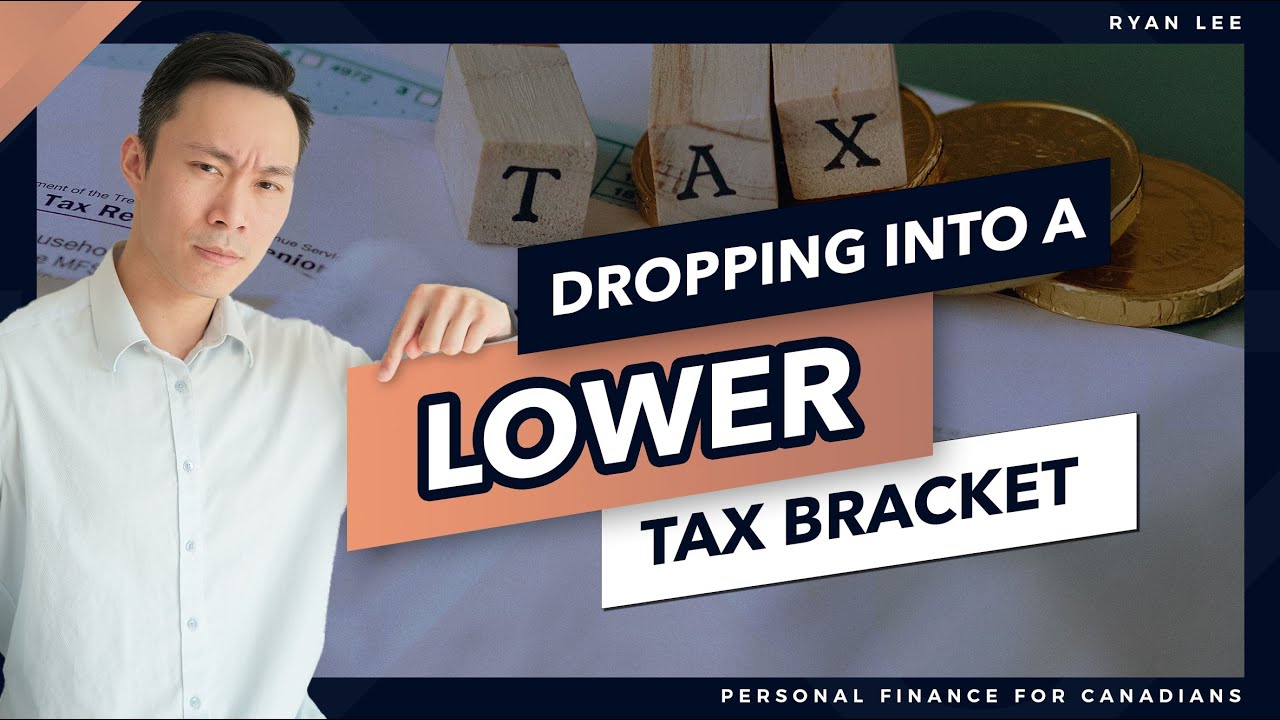Tax brackets in Canadaplay a fundamental role in determining the amount of income tax individuals owe to the federal and provincial or territorial governments. Canada employs a progressive tax system, where tax rates increase as income rises. This means that individuals with higher incomes are subject to higher tax rates, while those with lower incomes pay lower rates.
By understanding how tax brackets work and their impact on your tax liability, you can effectively navigate the Canadian tax system and make informed financial decisions. Let's delve into the intricacies of tax brackets in Canada, explore how they function, discuss methods for determining your tax bracket, and address the possibility of moving to a lower tax bracket.
What Are Tax Brackets?
Tax brackets refer to the ranges of income that are subject to different tax rates. In Canada, the federal government and provincial or territorial governments use tax brackets to determine the amount of income tax individuals or businesses owe. The tax brackets are structured in a progressive manner, which means that as income increases, the tax rate also increases.

How tax brackets actually work
How Tax Brackets Work In Canada
In Canada, the federal government and provincial or territorial governments impose income taxes based on a progressive tax system. This means that individuals with higher incomes are subject to higher tax rates, while those with lower incomes pay lower rates. The tax brackets in Canada are adjusted annually to account for inflation.
At the federal level, there are currently five tax brackets for individuals. The tax rates for these brackets range from 15% to 33%. The highest tax bracket applies to individuals with taxable incomes over a certain threshold, which is adjusted annually.
In addition to the federal tax brackets, each province and territory in Canada has its own set of tax brackets and rates. These provincial or territorial tax brackets may have different income thresholds and tax rates compared to the federal brackets. Therefore, the total amount of income tax an individual pays in Canada is the sum of the federal and provincial or territorial taxes.
When calculating income tax, the income earned in each tax bracket is taxed at the corresponding rate. For example, if an individual's taxable income falls within the first tax bracket, only that portion of income will be taxed at the lowest tax rate.
As the income exceeds the threshold of the first bracket and enters the next bracket, the portion within that bracket will be taxed at the corresponding higher rate. This process continues for each subsequent tax bracket until the entire income is taxed.
How To Determine Your Tax Bracket
To determine your tax bracket in Canada, you need to consider both the federal and provincial or territorial tax brackets. The federal tax brackets are applicable to all individuals, while the provincial or territorial brackets vary depending on your place of residence.
The first step is to identify your taxable income. This includes income from employment, self-employment, investments, rental properties, and other sources. Once you have calculated your total taxable income, you can refer to the federal and provincial or territorial tax brackets to determine which brackets your income falls into.
For example, let's say you are a resident of Ontario and your taxable income is $60,000. You would first check the federal tax brackets to see which one applies to your income. If we assume the federal tax bracket for your income range is 20%, you would owe federal tax on the portion of your income within that bracket.
Next, you would check the provincial tax brackets for Ontario. Let's say the provincial tax bracket for your income range is 10%. You would owe provincial tax on the portion of your income that falls within the Ontario bracket.
To calculate your total tax liability, you would multiply the taxable portion of your income by the corresponding tax rate for each applicable bracket. Finally, you would sum the federal and provincial or territorial taxes to determine your total tax liability.
It's worth noting that tax brackets may change from year to year due to updates in tax legislation. It's essential to consult the most recent tax brackets provided by the Canada Revenue Agency (CRA) and your provincial or territorial tax authority to ensure accurate calculations.
Can I Move To A Lower Tax Bracket?
Moving to a lower tax bracket in Canada is possible if you can reduce your taxable income. Since tax brackets are based on income levels, decreasing your income may allow you to enter a lower tax bracket and potentially pay a lower tax rate.

⬇️💸 How to Lower Tax Bracket?
There are several strategies you can consider to reduce your taxable income and potentially move to a lower tax bracket:
- Maximize RRSP Contributions -Contributions to a Registered Retirement Savings Plan (RRSP) can be deducted from your taxable income. By contributing the maximum allowable amount to your RRSP, you can lower your taxable income and potentially move to a lower tax bracket.
- Utilize Tax Deductions and Credits - Take advantage of eligible deductions and tax credits to reduce your taxable income. These may include expenses related to education, medical expenses, charitable donations, or businessexpenses if you are self-employed.
- Split Income -If you have a spouse or common-law partner, consider income splitting strategies. By transferring some of your income to your partner, who may be in a lower tax bracket, you can reduce the overall tax burden for your household.
- Invest in Tax-Efficient Accounts -Explore investment options that provide tax advantages, such as Tax-Free Savings Accounts (TFSA) or certain types of registered plans. These accounts allow for tax-free growth or tax-deferred withdrawals, helping to minimize your taxable income.
- Plan Capital Gains and Losses -If you have investments subject to capital gains, consider timing the sale of assets strategically. By realizing capital losses in certain years, you can offset capital gains and potentially reduce your taxable income.
- Consider Incorporation -If you are self-employed, incorporating your businessmay offer tax advantages. Corporations have different tax rates and deductions available, which may help you lower your overall tax liability.
It's important to note that while these strategies can help you reduce your taxable income and potentially move to a lower tax bracket, they should be approached with careful consideration. It is advisable to consult with a qualified tax professional or accountantto ensure compliance with tax laws and maximize your tax savings within the legal framework.
People Also Ask
Are The Provincial Or Territorial Tax Brackets The Same Across Canada?
No, the provincial and territorial tax brackets differ across Canada. Each province and territory sets its own tax rates and brackets. These brackets often have different income thresholds and tax rates compared to the federal tax brackets. It's crucial to consult the tax authorities of your specific province or territory to determine the applicable tax brackets for your location.
Are Capital Gains Taxed Differently Than Regular Income?
Yes, capital gains are taxed differently than regular income in Canada. Capital gains refer to the profits earned from selling certain assets, such as stocks, real estate, or mutual funds. In Canada, 50% of capital gains are included in your taxable income and subject to taxation at your marginal tax rate. This means that the tax rate applied to capital gains is generally lower than the tax rate on regular income. However, it's important to note that there are specific rules and exemptions related to capital gains, such as the Principal Residence Exemption, which can further reduce or eliminate the taxable portion of capital gains.
How Often Are Tax Brackets Updated In Canada?
Tax brackets in Canada are typically updated annually to account for inflation and changes in tax legislation. The updates ensure that the tax system remains fair and reflects the current economic conditions. The Canada Revenue Agency (CRA) and provincial or territorial tax authorities usually release the updated tax brackets well in advance of the tax filing season. It's recommended to check for the latest tax bracket information for each tax year to accurately calculate your tax liability. The official websites of the CRA and your provincial or territorial tax authority are reliable sources for up-to-date tax bracket information.
Conclusion
In conclusion, tax brackets in Canada determine the progressive tax rates individuals pay based on their income. By understanding how tax brackets work, calculating your tax bracket, and exploring strategies to reduce taxable income, you can make informed decisions to manage your tax liabilities and potentially move to a lower tax bracket.